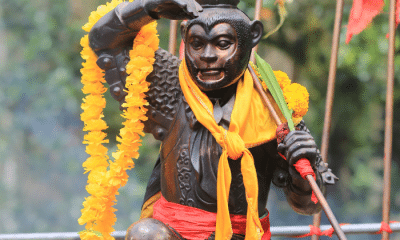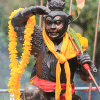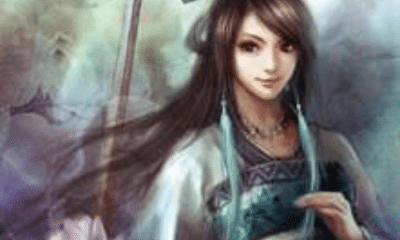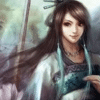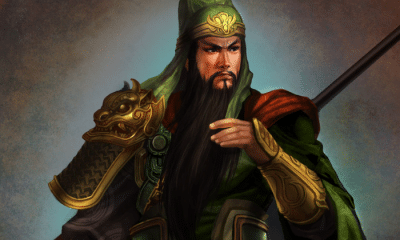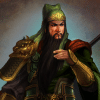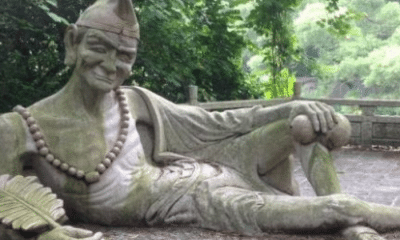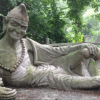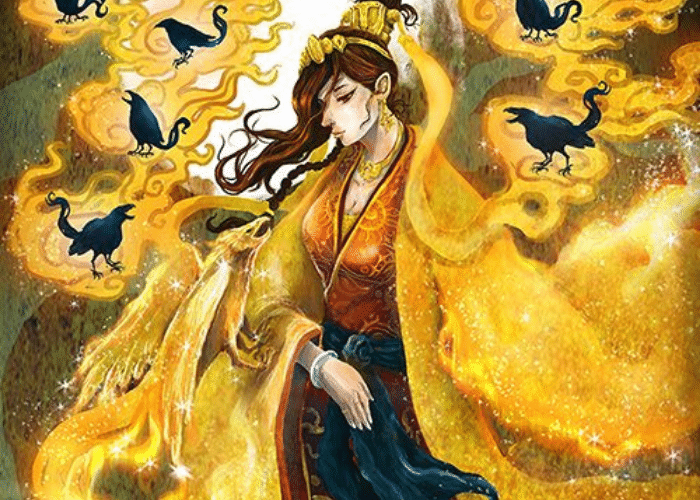
Chinese
Who Was Xihe in Chinese Mythology?
Who Was Xihe in Chinese Mythology?
In Chinese culture, Xihe was the mother of the sun. Her story is notable not for her own role in it, but because of the impact of her solar sons and the land they lived in.
In many ways, the solar goddess Xihe fit known archetypes in mythology.
She was the mother of the suns. Even when not named, she is recognizable as she drives the sun across the sky in a carriage, similar to solar deities from India, Europe, and the Near East.
Her sons took the form of three-legged crows or ravens. This mythical beast originated in China, but spread throughout Eastern and Central Asia.
Xihe’s myths are notable not for these relatively common threads, but for the way in which they intersected with other legends.
She and her sons were indirectly responsible for the establishment of China’s second largest holiday. The Mid-Autumn Festival, often known simply as the Moon Festival, came about as a consequence of the sun birds.
In fact, an entire country took its name from the mythology surrounding Xihe and the ten sun birds. Even today, traces of their legend can be found on maps of modern Asia.
Xihe the Solar Goddess
Xihe was one of many solar deities in Chinese mythology.
According to ancient poetry, she was one of the two wives of Di Jun, and ancient agricultural god.
Di Jun had several children with each of his wives. His second wife, Changxi, was the mother of twelve moons while Xihe was the mother of ten suns.
Her sons took the form of a flock of three-legged crows. They lived in a mulberry tree at the edge of the East Sea known as the Fusang.
Each morning, Xihe would choose one of her ten sons to accompany her. The crow would take its place in her carriage as she drove it across the sky.
A text from the 2nd century BC describes the journey of Xihe’s carriage by dividing it into sixteen distinct parts. These parts were marked by landmarks that the sun passed by and together made the dawn, daylight, dusk, and night.
Over the course of the sun’s journey, this account claimed that it crossed nine continents and rested in seven places. In the west, it entered into a drainage stream that, presumably, returned it to Fusang in the east.
In this account, Xihe is not referenced by name. She is only called the “female attendant” who guides the horses.
In other accounts, however, Xihe’s carriage is not driven by ordinary horses. Instead, a team of dragons pulls the sun across the sky.
In one story of the suns, the crows often dove to earth to eat grasses of immortality. When they did so they went off course and burned the ground, so Xihe had to cover their eyes to keep them from leaving her carriage.
According to one account, all ten of Xihe’s children once flew out of Fusang at the same time.
The combined heat of the ten sun birds was too great for the world to withstand. The land began to burn as they traveled across the sky.
Di Jun called on Houyi, the Lord Archer to save the world from his children.
Houyi tried to reason with the suns, but they did not listen to him. They flew on instead, burning even more land.
With no choice left, Houyi began to shoot down the suns. They fell one by one as he struck them with his arrows.
Eventually, only one sun remained. The king and Xihe pleaded with Houyi to spare the last sun’s life so mankind would not have to live in darkness.
Some stories claimed that the people of China were so grateful to Houyi that they asked him to be their king. He took the throne, but was soon corrupted by power and became a tyrant.
Wishing to become immortal, Houyi demanded an elixir that would make him a god. Fearing what he would do with such power, his wife Chang’e drank it to prevent him from becoming immortal.
Chang’e ascended as the moon goddess and Houyi died due to his anger. The Mid-Autumn Festival in China is dedicated to the moon in honor of Chang’e’s actions.
My Modern Interpretation
Many traditions claim that Houyi was a prehistoric ruler of early China whose exploits passed into heroic legend.
Whether or not Houyi was real, he did not shoot down nine suns. Nonetheless, his story had implications in the real world.
The three-legged birds of Xihe’s myth became some of the most common creatures in Asian mythologies. As far away as Anatolia, modern day Turkey, these images have been found.
One of the lasting legacies of Xihe’s myth is in another country that adopted the image of the three-legged crow into its mythology.
The earliest versions of the story likely emerged from a time before China was a major naval power. Although rumors existed of a land to the east, most people could not confirm whether such a place was real.
This was rectified by the time accounts were widely written, but the legend of Fusang as a place in the east was well-established. The name was used by many writers as a poetic way to refer to the country of Japan.
Non-poetic writings called Japan Wa, so it is clear that most Chinese did not consider the islands to be a literal home of the sun. The imagery, however, became popular.
The Japanese themselves adopted the term, using Fuso as a term for their own ancient lands.
The term has survived in the modern era to evoke images of Japan’s history and sovereignty. Many companies incorporate it into their official names and Imperial-era ships were often named after Japan of the past.
An ancient province of Japan also shows that the name was used by the people there. In eastern Honshu the Country of Fusa, Fusa-no kuni was established in what is now Chiba Prefecture.
On a modern map of Japan, the town of Fuso can be seen in the southeast. It was named not in ancient times, but in the beginning of the 20th century.
Fuso was a loanword into Japanese, but even the modern name of the country reflects the legend of Xihe and her sons.
The Japanese kanji for their country’s name can be pronounced as either Nippon or Nihan. This word translates as “Root (or Source) of the Sun.”
The Chinese legend of Fusang had such a profound effect that it still influences modern Japan. English speakers poetically call it the “Land of the Rising Sun” and the country’s flag is meant to evoke the image of the morning sun.
According to at least one Chinese source, however, the land of Fusang may have been much further away.
One account claimed that the sun traveled 20,000 li from Fusang until it reached China. Contemporary measurements would have made this location thousands of miles further away from China than Japan.
In fact, this measurement would place Fusang somewhere on the western coast of North America. Many 18th century maps placed it on the coast of British Columbia.
Interestingly, the account does not mention Fusang simply as a mythological tree. It describes it as an inhabited and cultured land with its own traditions, customs, and religion.
The details that are given in this record, such as the use of horses and domestication of deer, to not fit with Native American cultures of the time. Many historians have seen it, however, as a tantalizing clue that points to the Chinese reaching the New World long before any European powers.
In Summary
Xihe was one of the two wives of the god Di Jun. Together they had ten sons who took the forms of three-legged crows.
These were the ten suns. Each morning one would be chosen to ride in his mother’s carriage across the sky.
In the most famous legend involving Xihe and the suns, all ten birds flew from their home in Fusang one morning. The world was scorched by their heat and Di Jun was forced to ask the archer Houyi to intervene.
Houyi shot down the birds, saving the Earth from being entirely burned. Xihe’s pleading convinced him to spare one sun so light and warmth would remain.
Houyi was asked to become king, but became consumed by the desire for power and immortality. His wife Chang’e took an immortality elixir in his place and became the moon goddess, whose Mid-Autumn Festival is now one of Asia’s largest holidays.
The goddess’s mythological home, Fusang, also had an impact on modern Asia. It was poetically associated with Japan to such a degree that modern names for the country continue to reference it as the “Land of the Rising Sun.”


